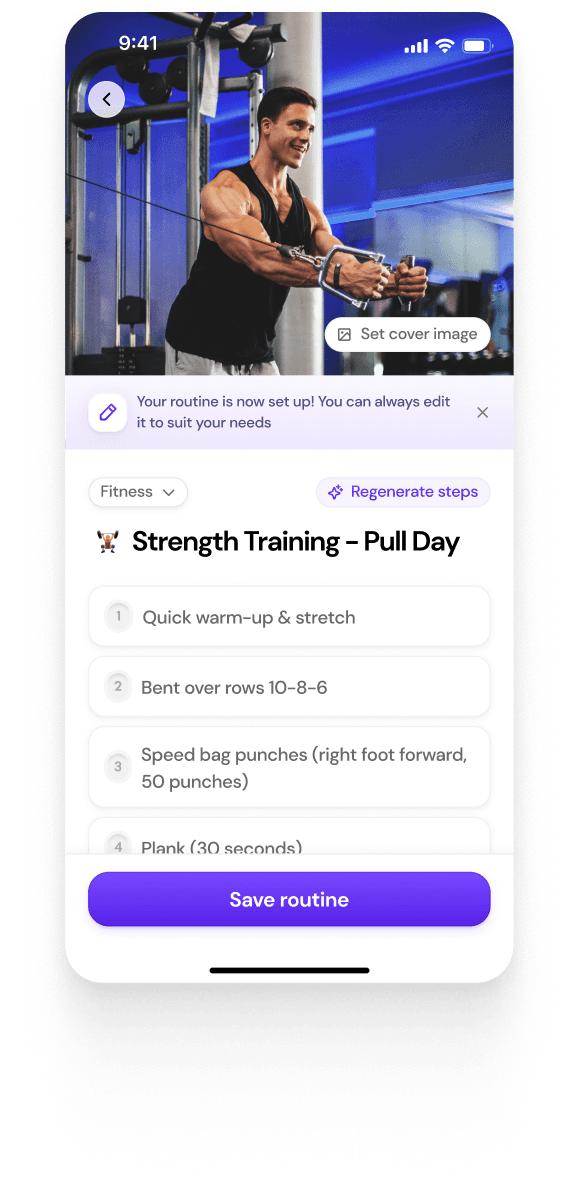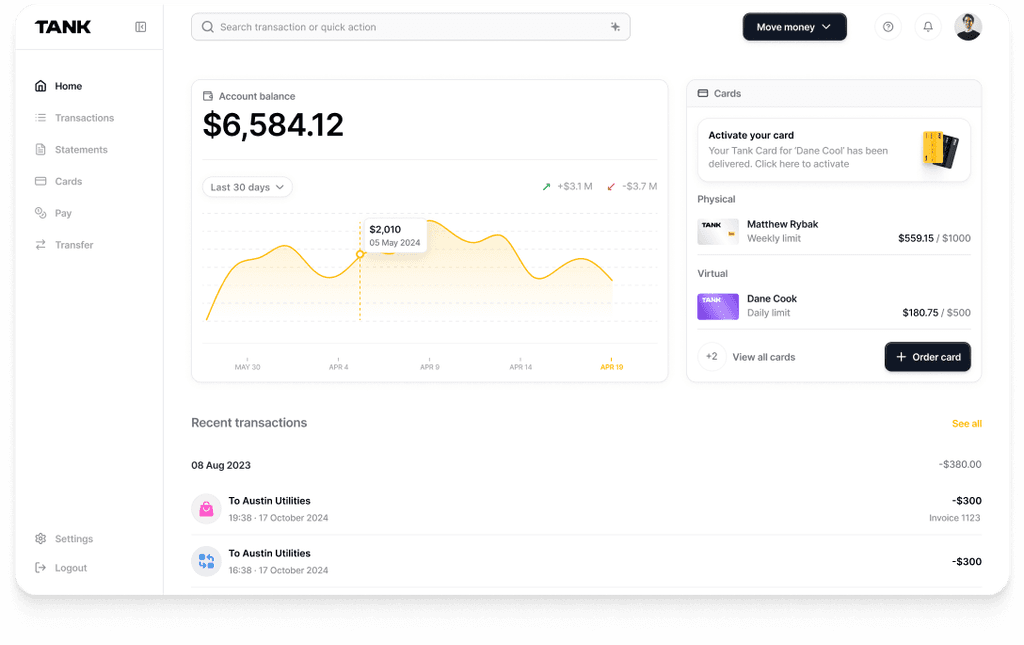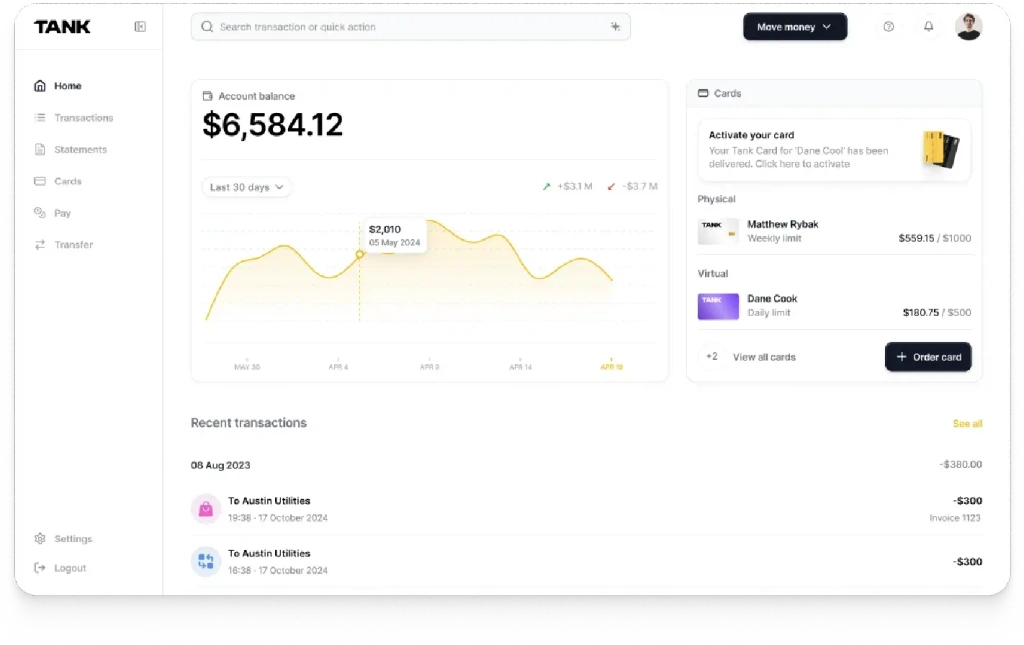The Role of AI OS in Digital Transformation Initiatives
Summary
AI OS platforms like Steve are transforming digital transformation by enabling autonomous decision-making, real-time data analysis, and seamless AI agent collaboration. Key innovations include a shared memory space, centralized AI marketplace, and scalable architecture. With applications across operations, cybersecurity, customer experience, and analytics, AI OS redefines how modern businesses evolve in the AI era.
Key insights:
AI-Driven Automation: AI OS automates both simple and complex workflows, increasing efficiency and reducing operational costs.
Collaborative AI Agents: Shared memory and inter-agent communication allow AI agents to execute tasks intelligently and in coordination.
Centralized AI Marketplace: Businesses can instantly deploy specialized AI agents via a secure, curated marketplace.
Personalized Experiences: AI OS adapts in real time to user behavior, enabling tailored customer interactions and enhanced engagement.
Proactive Cybersecurity: With AI-powered threat detection, AI OS ensures robust, real-time protection against evolving cyber threats.
Steve Powers Transformation: Walturn’s Steve integrates intelligent workflows, shared memory, and scalable AI tools to accelerate enterprise innovation.
Introduction
The rapid acceleration of digital transformation has reshaped industries, requiring organizations to adopt advanced technologies to remain competitive. At the heart of this transformation are Artificial Intelligence Operating Systems (AI OS), which go beyond traditional operating systems by integrating artificial intelligence, machine learning, and automation capabilities. Unlike conventional OS platforms that focus on managing hardware resources and applications, AI OS is designed to understand, adapt, and optimize processes autonomously.
AI OS solutions like Steve, the first AI Operating System, take digital transformation to the next level by offering seamless AI-driven automation, a shared memory space for AI agents, and a centralized AI agent marketplace where AI agents communicate and collaborate to carry out complex tasks. This insight aims to explore how AI OS is shaping the future of digital enterprises, with a particular focus on AI agent interconnectivity, shared memory, and intelligent task execution.
The Growing Importance of AI OS in Digital Transformation
1. Automating Business Operations for Enhanced Efficiency
One of the most significant contributions of AI OS to digital transformation is its ability to automate routine and complex business operations. Traditional business processes often rely on human intervention for decision-making, which can be time-consuming and prone to errors. AI OS automates these workflows, reducing human dependency and allowing businesses to allocate resources to higher-value tasks.
For instance, in finance and accounting, AI OS can handle invoicing, expense tracking, and compliance verification with minimal oversight. In manufacturing, AI OS can manage predictive maintenance, ensuring that machines operate at peak efficiency while reducing downtime. By automating critical workflows, AI OS increases productivity and operational efficiency, ultimately driving cost savings.
2. Enhancing Decision-Making with AI-Driven Insights
Data has become the backbone of modern businesses, and AI OS plays an important role in extracting meaningful insights from vast amounts of information. Unlike traditional decision-making models that rely on static reports and human intuition, AI OS employs machine learning algorithms to analyze patterns, predict trends, and provide actionable recommendations.
For example, AI OS in retail can analyze consumer behavior to optimize inventory management and personalized marketing campaigns. In healthcare, AI OS can process patient data to suggest accurate diagnoses and treatment plans. The ability to make data-driven decisions in real time allows businesses to remain agile, competitive, and responsive to market demands.
3. Personalizing Customer Experiences through AI Adaptation
Modern customers expect personalized experiences, and AI OS is at the forefront of delivering tailored interactions. AI OS can analyze user behavior, preferences, and engagement patterns to create a dynamic and individualized experience for each user.
Consider an AI OS integrated into an e-commerce platform. It can track browsing history, previous purchases, and real-time interactions to suggest products tailored to individual tastes. Similarly, AI OS in banking can offer customized financial advice based on spending habits and investment goals. This high level of personalization strengthens customer engagement, enhances brand loyalty, and increases conversion rates.
4. Scalability and Adaptability to Changing Business Needs
Digital transformation is an ongoing process, requiring businesses to adopt technologies that are scalable and adaptable. AI OS is built to evolve with an organization’s changing needs, ensuring that businesses can expand operations without significant technological overhauls.
Unlike traditional software systems that require extensive manual updates, AI OS employs self-learning capabilities to adapt to new challenges and optimize workflows. Whether managing increasing workloads, integrating new business tools, or handling global operations, AI OS provides the agility required for continuous growth.
Shared Memory Space for AI Agents
A groundbreaking feature of AI OS is its shared memory space, which allows AI agents to store and access knowledge collectively. Unlike traditional AI models that operate in isolation, AI OS enables multiple AI agents to access a common knowledge repository, enhancing efficiency and cooperation.
This shared memory system enables:
Knowledge Retention and Evolution: AI agents do not need to relearn information from scratch. Once an agent discovers a new insight, it updates the shared memory, making it instantly accessible to other agents.
Real-Time Learning and Adaptation: AI OS ensures that agents continuously update their understanding based on real-time data, improving their problem-solving capabilities.
Cross-Domain Collaboration: AI agents with expertise in different fields can pull relevant data from shared memory to execute tasks seamlessly.
Centralized AI Agent Marketplace
1. The Rise of an AI Marketplace
An AI OS does not only manage AI agents - it also acts as a marketplace where businesses can access, deploy, and integrate AI-powered solutions seamlessly. This centralized AI agent marketplace functions as an app store for AI, allowing businesses to purchase and deploy AI agents on demand.
This marketplace enables:
Customization and Flexibility: Businesses can choose AI agents tailored to specific needs, such as marketing automation, cybersecurity monitoring, or financial risk assessment.
Rapid Deployment: Instead of developing AI solutions from scratch, companies can instantly deploy pre-trained AI agents that integrate seamlessly into the AI OS.
Inter-Agent Communication: AI OS ensures that marketplace AI agents can communicate with each other, collaborating on tasks in a decentralized yet unified ecosystem.
2. AI Agents Communicating to Execute Complex Tasks
One of the most powerful aspects of an AI OS is its ability to facilitate seamless communication between AI agents, enabling them to coordinate tasks dynamically rather than operating in isolation. Across various industries, AI agents can work together to execute complex tasks efficiently, enhancing decision-making and automation.
For example, in an enterprise resource planning (ERP) system, a finance AI agent may forecast quarterly revenue and identify potential cash flow issues. This information is then accessed by a procurement AI agent, which automatically adjusts supply chain orders to align with financial constraints. At the same time, a marketing AI agent refines advertising strategies in real time, optimizing customer acquisition costs based on budgetary limitations.
Beyond ERP, AI agent collaboration extends to industries such as healthcare, where diagnostic AI systems communicate with treatment planning agents to enhance patient care, or logistics, where route optimization agents work alongside inventory management AI to streamline supply chain operations. In cybersecurity, threat detection AI can interact with automated response agents to mitigate risks proactively.
By working in unison, AI agents ensure that different systems and departments remain aligned without requiring human intervention. The AI OS serves as the central hub where AI agents share knowledge, request insights from one another, and execute tasks collaboratively, creating an intelligent, adaptive, and highly efficient operational ecosystem across various domains.
Key Applications of AI OS in Digital Transformation
1. Revolutionizing Business Process Automation
AI OS redefines business process automation by handling complex decision-making tasks in addition to simple rule-based workflows. Unlike conventional automation tools that operate based on pre-programmed scripts, AI OS can learn and improve over time, refining processes to maximize efficiency.
For instance, an AI OS can automate HR recruitment by screening resumes, evaluating candidate suitability, and scheduling interviews, reducing the workload of human recruiters. In supply chain management, AI OS can optimize inventory levels based on predictive demand analysis, ensuring businesses minimize waste while meeting customer needs efficiently.
2. Driving Innovation in Customer Service with AI Assistants
The introduction of AI-driven virtual assistants and chatbots has transformed customer service operations. AI OS can manage customer interactions through voice recognition, natural language processing, and sentiment analysis, providing instant and personalized responses.
For example, AI OS in telecommunications can handle billing inquiries, service upgrades, and technical support autonomously, reducing wait times and improving customer satisfaction. In the hospitality industry, AI OS-driven assistants can manage hotel bookings, provide travel recommendations, and handle customer queries seamlessly. These AI-powered solutions enhance the user experience while reducing operational costs for businesses.
3. Strengthening Cybersecurity with AI-Powered Threat Detection
With the increasing sophistication of cyber threats, businesses require proactive security measures. AI OS continuously monitors network activities, detects anomalies, and responds to potential threats before they escalate.
Traditional security systems often rely on predefined rules to identify threats, making them vulnerable to new attack strategies. AI OS, however, utilizes machine learning to recognize emerging threats and adapt its defenses accordingly. For example, an AI OS in banking can detect fraudulent transactions by analyzing spending behaviors and flagging suspicious activities instantly.
4. Enhancing IT Operations with Predictive Maintenance
IT infrastructure is the backbone of digital enterprises, and AI OS plays a crucial role in maintaining system reliability. Through predictive maintenance, AI OS can anticipate hardware failures, recommend system optimizations, and automatically apply updates.
For instance, in data centers, AI OS can monitor server performance, detect overheating issues, and optimize energy consumption. This proactive approach minimizes downtime, prevents costly failures, and ensures seamless operations for businesses relying on IT infrastructure.
5. Transforming Data Analytics into Actionable Strategies
AI OS is instrumental in converting raw data into strategic insights. Businesses generate vast amounts of data daily, and AI OS enables organizations to analyze and extract value from this information efficiently.
For example, in marketing, AI OS can assess customer engagement metrics to refine advertising campaigns, ensuring brands reach their target audience effectively. In healthcare, AI OS can analyze patient records to identify disease patterns and recommend preventive measures. By transforming data into actionable insights, AI OS empowers businesses to make informed and impactful decisions.
Steve: The First AI Operating System Leading Digital Transformation
Steve, the first AI operating system, is built to revolutionize how businesses integrate artificial intelligence into their workflows. By orchestrating AI-powered applications, enabling seamless collaboration, and ensuring enterprise-grade security, Steve serves as the foundation for modern digital transformation.
Key Capabilities of Steve
1. Integrated AI Workflows
Steve seamlessly connects with business applications, cloud services, and more, creating a cohesive and intelligent digital ecosystem.
2. Shared AI Memory for Collaboration
A structured shared memory system enables AI applications to communicate and exchange insights, improving interoperability and efficiency.
3. Enterprise-Grade Security and Privacy
Built with real-time threat detection and automated security protocols, Steve ensures data protection and compliance with industry standards.
4. Scalable and Adaptive Architecture
Steve is designed to support business growth and evolving AI strategies, ensuring long-term operational efficiency and adaptability.
5. A Trusted AI Marketplace
Through its curated AI application marketplace, Steve provides access to verified AI solutions, helping businesses adopt and deploy AI technology with confidence.
Conclusion
In conclusion, the emergence of AI OS is revolutionizing digital transformation, providing businesses with the tools to automate operations, personalize experiences, and enhance security. Unlike traditional software solutions, AI OS platforms such as Steve bring adaptability, intelligence, and efficiency to modern enterprises.
As AI OS continues to evolve, its impact will extend across industries, driving innovation, improving decision-making, and reshaping the digital landscape. Organizations that embrace AI OS today will be well-positioned for the future, ensuring sustainable growth in an AI-driven world.















































